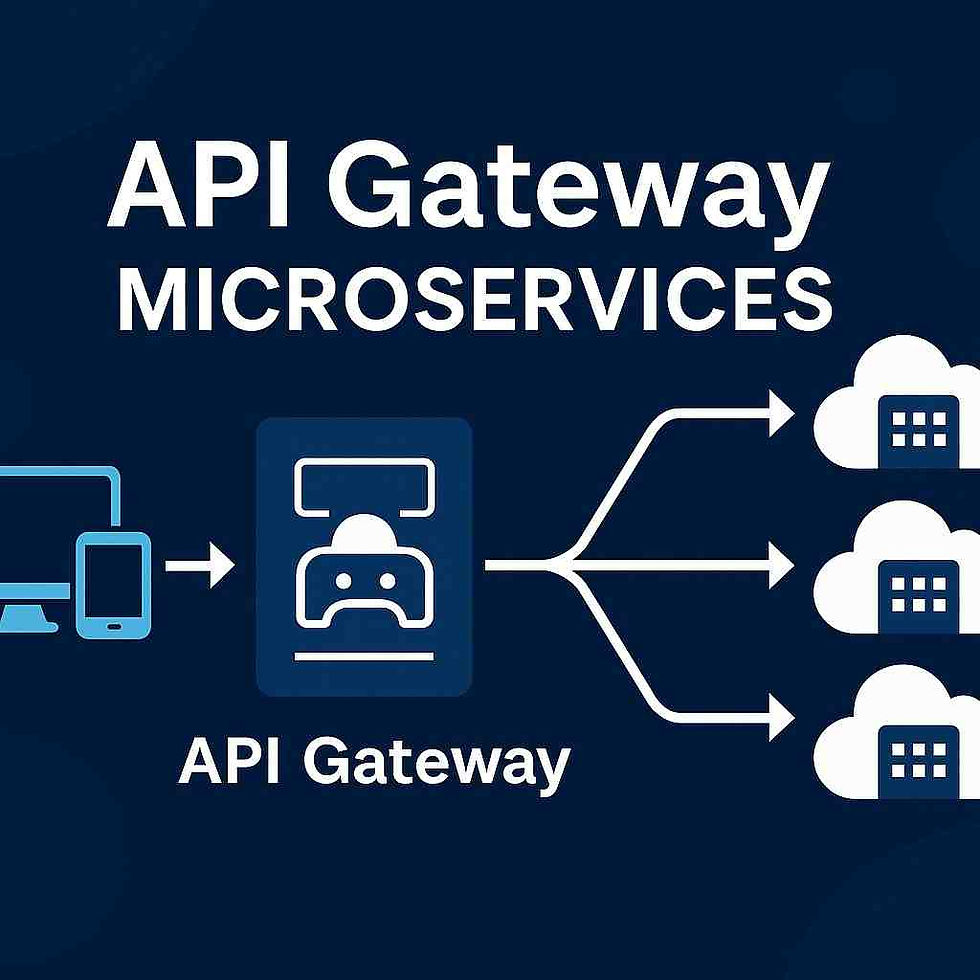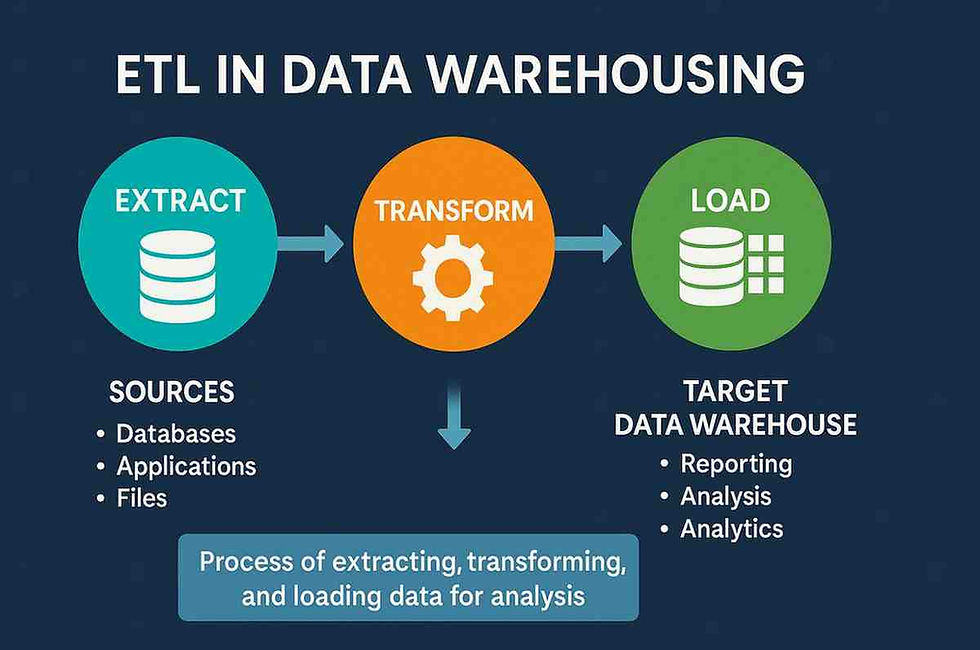Mastering API Vulnerability Scans: A Comprehensive Guide
- Gunashree RS
- Dec 20, 2024
- 4 min read
APIs (Application Programming Interfaces) play a vital role in modern software ecosystems by enabling seamless application communication. However, their widespread usage has also made them a prime cyberattack target. This is where API vulnerability scans come into play, helping organizations proactively identify and mitigate security risks. In this comprehensive guide, we delve into API vulnerability scans, exploring their importance, methodologies, tools, and best practices.
Introduction
APIs have become the backbone of digital transformation, powering everything from mobile apps to cloud services. Unfortunately, their open nature and complex architectures often leave them vulnerable to a variety of threats such as unauthorized access, data breaches, and injection attacks. Conducting regular API vulnerability scans is essential for safeguarding sensitive data and ensuring compliance with security standards.
This guide will help you understand:
What API vulnerability scans are and why they matter.
Types of vulnerabilities commonly found in APIs.
Tools and techniques to perform effective scans.
Best practices to secure APIs.

What Are API Vulnerability Scans?
API vulnerability scans are automated assessments designed to identify security weaknesses in an API’s architecture, configurations, and endpoints.
These scans mimic real-world attack scenarios to uncover issues like:
Broken authentication mechanisms.
Improper access controls.
SQL injection vulnerabilities.
Cross-Site Scripting (XSS).
Exposed sensitive data.
By detecting these vulnerabilities early, organizations can prevent potential exploits and reduce their overall risk profile.
Why Are API Vulnerability Scans Important?
APIs expose various endpoints to external entities, making them susceptible to attacks. Here’s why conducting regular scans is crucial:
Protection Against Data Breaches: APIs often handle sensitive data, and vulnerabilities can lead to unauthorized access and data leaks.
Regulatory Compliance: Scans ensure adherence to regulations like GDPR, HIPAA, and PCI DSS.
Maintaining Trust: Secure APIs foster customer trust by safeguarding their data.
Cost Savings: Early detection of vulnerabilities minimizes the costs associated with breach mitigation and reputation damage.
Types of API Vulnerabilities
Understanding common vulnerabilities is the first step in securing your APIs. Below are some prevalent issues:
1. Broken Authentication
When authentication mechanisms are flawed, attackers can impersonate legitimate users, gaining unauthorized access to the system.
2. Lack of Rate Limiting
APIs without rate limits are susceptible to Denial of Service (DoS) attacks and data scraping.
3. Injection Attacks
SQL, XML, and other injection flaws allow attackers to execute malicious code within an API.
4. Insufficient Logging and Monitoring
Without proper monitoring, it’s challenging to detect and respond to attacks in real-time.
5. Exposed Debug Endpoints
APIs sometimes expose debug information, inadvertently providing attackers with sensitive details about the system.
How to Conduct API Vulnerability Scans
Performing an effective API vulnerability scan involves several steps:
Step 1: Define the Scope
Determine which APIs or endpoints need scanning. Consider prioritizing those that handle sensitive data or have high usage rates.
Step 2: Use the Right Tools
Employ reliable tools such as:
OWASP ZAP: Open-source and widely used.
Burp Suite: Popular among security professionals.
Postman: Useful for testing API requests.
Step 3: Simulate Attacks
Simulate real-world attack scenarios to test the API’s resilience against various threats.
Step 4: Analyze Results
Review the scan results to identify vulnerabilities and prioritize them based on their severity.
Step 5: Mitigation and Retesting
Address the vulnerabilities and perform retests to ensure the fixes are effective.
Best Practices for Securing APIs
1. Implement Strong Authentication
Use OAuth, API keys, or tokens to restrict access to authorized users only.
2. Enforce Rate Limiting
Prevent abuse by setting rate limits on API requests.
3. Regularly Update APIs
Ensure APIs are up to date with the latest security patches.
4. Use HTTPS Encryption
Encrypt data in transit using HTTPS to protect against eavesdropping and man-in-the-middle attacks.
5. Perform Regular Penetration Testing
Complement vulnerability scans with manual penetration testing to uncover complex issues.
Popular Tools for API Vulnerability Scans
Several tools can help automate and simplify the scanning process:
OWASP ZAP: Known for its user-friendly interface and robust scanning capabilities.
Burp Suite: Offers advanced features like interactive scanning and customized attack vectors.
Postman: A versatile tool that combines testing and monitoring.
SoapUI: Best for testing SOAP and REST APIs.
Acunetix: An enterprise-grade tool with comprehensive scanning features.
Netsparker: Offers both manual and automated scanning options.
Conclusion
API vulnerability scans are an indispensable part of a robust cybersecurity strategy. By identifying and addressing weaknesses proactively, organizations can safeguard their APIs from malicious actors, maintain customer trust, and comply with regulatory standards. Make API security a continuous effort by combining regular scans with best practices and advanced tools.
Key Takeaways
APIs are a critical part of modern applications and require rigorous security measures.
API vulnerability scans help identify issues like broken authentication, injection flaws, and data exposure.
Use trusted tools like OWASP ZAP, Burp Suite, and Postman for effective scans.
Implement best practices such as strong authentication, rate limiting, and HTTPS encryption.
Regular scans and penetration testing are essential for maintaining API security.
FAQs
1. What is an API vulnerability scan?
An API vulnerability scan is an automated process to identify security weaknesses in an API’s structure and endpoints.
2. How often should I conduct API vulnerability scans?
Ideally, you should perform scans whenever new APIs are deployed, existing APIs are updated, or at regular intervals.
3. Are API vulnerability scans sufficient for API security?
No, they should be complemented with penetration testing and other security measures.
4. Can free tools be effective for API vulnerability scans?
Yes, tools like OWASP ZAP and Postman are effective for basic scans.
5. What are the risks of not conducting API vulnerability scans?
Neglecting scans increases the risk of data breaches, regulatory penalties, and loss of customer trust.
6. Do API vulnerability scans impact API performance?
Typically, scans are conducted in a testing environment to avoid impacting production performance.
7. What is the difference between vulnerability scans and penetration testing?
Scans are automated and identify known issues, while penetration testing involves manual efforts to exploit vulnerabilities.
8. How do I choose the right API scanning tool?
Consider factors like ease of use, compatibility with your API type, and available features.




Comments